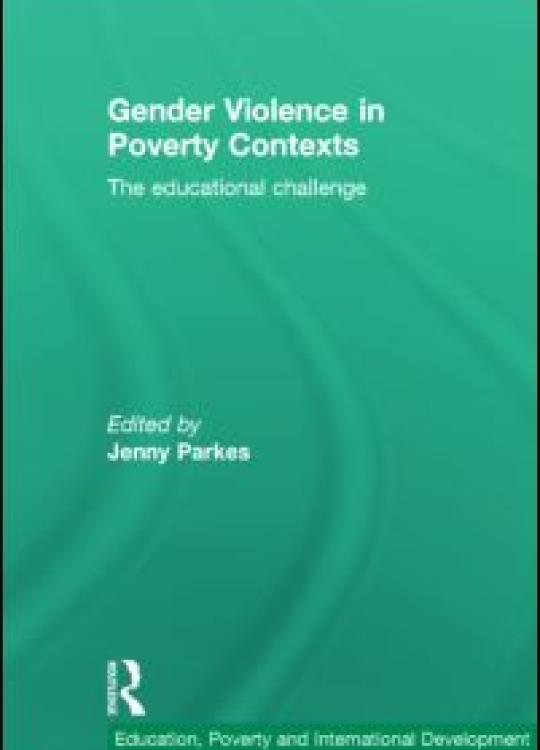
Breadcrumb
Children’s Perceptions of Punishment in Schools in Andhra Pradesh, India
One of the success stories of the MDGs has been the increase in enrolment of children in primary schools. However, little attention has been paid to the daily experiences of children in school, from their viewpoints, and the extent to which corporal punishment is used to control boys and girls in overcrowded classes with lack of teaching material, and teachers with limited classroom management skills. Even less attention has been paid to parents’ views about their children’s experiences at school. Corporal punishment is widely used in schools globally, despite international concern about the effects on children and the implications for their capacity to benefit from school. Severe and sometimes fatal injuries to children are reported from across India and raises questions as to why the practice is so persistent. Norms and social values relating to what makes a ‘good’ schoolgirl or schoolboy shape how children are expected to behave, and how adults behave towards to children.
The implicit links between childhood poverty and the gendered nature of corporal punishment are rarely explored. In India, violence against girls is now high on the political agenda, after the horrific fatal gang-rape of a female student in Delhi in 2012 led to widespread demonstrations demanding an end to sexual violence against girls and women. However, more normalised forms of violence may go unnoticed or unquestioned, and limited academic attention has focused on children, and how patriarchy leads to gendered differences in the way boys and girls are treated at home, school and society at large. Social divisions based on caste, class and socio-economic status remain predominant, and violence against the powerless by those in power is common. This extends to schools where teachers ‘control’ the students through corporal punishment, yet the extent and nature of corporal punishment and bullying in schools in the global South is little understood.
This chapter presents research evidence from Young Lives about the prevalence of school corporal punishment among a sample of children in Andhra Pradesh, India. The chapter presents survey findings, before turning to analysis of qualitative data exploring corporal punishment from the points of view of children (aged 7 to 15) and their parents. Our findings indicate that violence in the form of corporal punishment of children in schools is endemic. Through analysis of children’s and parents’ perspectives, we consider the ways in which corporal punishment practices are shaped by norms and practices in families, schools and communities, and the links to gender and poverty. The chapter concludes with a discussion of the implications for policy and further research.
Reference
chapter in: Gender Violence in Poverty Contexts: The Educational Challenge, edited by Jenny Parkes, London: Routledge, 2015, 216 pages

